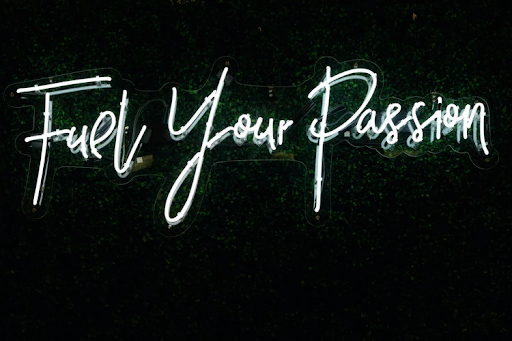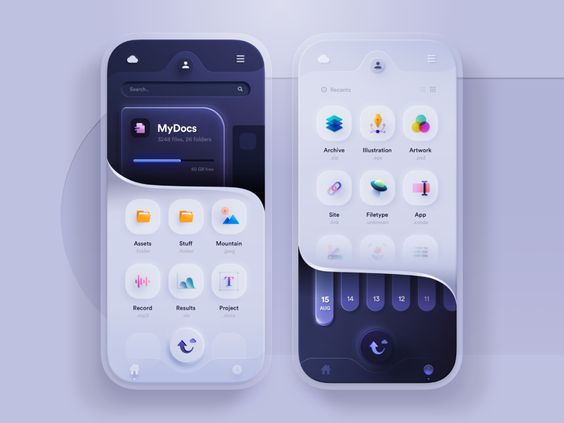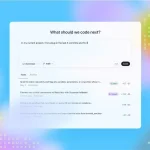Having a website is commonplace nowadays since practically every other business has one just to have an online presence. Designers frequently disregard the design’s utility in favour of creating a pleasing-to-the-eyes aesthetic.
Having a well-thought-out design that serves its function while also looking great could be a game-changer for your organization, allowing you to attract more clients while keeping the ones you already have happy.
Your design must be both remarkable and functional to appeal to a larger audience. There are several aspects of a design to which you should attach great importance, as they may jeopardize your design’s usability if allowed to fester. The following are a few of these aspects to ensure that you design a great User interface for your clients. Read on!
1.Always Ask as Much questions as Possible
 When meeting with a customer, it’s critical to ask as many questions as possible to fully comprehend what your client requires. They frequently speak in hushed tones about their project’s goals. It’s not always the client’s fault. They frequently lack sufficient knowledge of the design process and how apps are constructed to be able to express their needs in sufficient detail. They’re counting on you, as the expert, to ask the appropriate questions and help them turn their ideas into a practical product or experience.
When meeting with a customer, it’s critical to ask as many questions as possible to fully comprehend what your client requires. They frequently speak in hushed tones about their project’s goals. It’s not always the client’s fault. They frequently lack sufficient knowledge of the design process and how apps are constructed to be able to express their needs in sufficient detail. They’re counting on you, as the expert, to ask the appropriate questions and help them turn their ideas into a practical product or experience.
2.Understand and Be Clear of What You Want From Customers

When interacting with a client, it’s critical to inform them of the information you’ll need to build the finest potential solution to their problem. Do they already have a clientele to study? Will they be required to write a copy for you? Do they need to supply you with branding standards (pictures, fonts, logos, colours.) that you may use while building their website or app? Assist them in turning their ideas into tangible products or experiences.
They’ll also need to participate in and approve off deliverables at various stages of the design process, so make sure they’re aware of their obligations.
3.Have a Good working Area
 Your work environment matters to how you will be able to be productive and get possible inspiration. For a good setting, you need a great LED display screen, that allows you to project the entire design, being able to see its display on a wider aspect, other than the one on your computer.
Your work environment matters to how you will be able to be productive and get possible inspiration. For a good setting, you need a great LED display screen, that allows you to project the entire design, being able to see its display on a wider aspect, other than the one on your computer.
If you work at home, you can spice it up with some good cool lighting. You can work with an amazing team from Gindestar. They are not only driven to ensure that you are satisfied with their products, but are quite dedicated to their customers and ensure that all their needs are met. They also offer a variety of lighting options that am more than certain it’ll exceed your expectations.
4.Always be Open
 After a bad encounter with a prior design business, a prospective customer comes to you for help. If his tight deadline is not met, he could lose a great deal of money. You should examine your workload carefully to see what you can do to assist. Of course, don’t overextend yourself by making impractical pledges on the design delivery; otherwise, you’ll be no better than the prior firm. Take it on as a challenge and do whatever it takes to make it happen if it is possible. When the project is over, the client will be devoted to you for the rest of your life.
After a bad encounter with a prior design business, a prospective customer comes to you for help. If his tight deadline is not met, he could lose a great deal of money. You should examine your workload carefully to see what you can do to assist. Of course, don’t overextend yourself by making impractical pledges on the design delivery; otherwise, you’ll be no better than the prior firm. Take it on as a challenge and do whatever it takes to make it happen if it is possible. When the project is over, the client will be devoted to you for the rest of your life.
5.Be an Active Ambassador of their Brand
 Clients appreciate it when you share their enthusiasm for their brand. So be passionate about the work you’re doing and use social media to spread the news to your contacts. Include the work you’ve done for them in your design portfolio and make a big deal out of it. Then demonstrate to your client how you are assisting in the enhancement of their brand identity.
Clients appreciate it when you share their enthusiasm for their brand. So be passionate about the work you’re doing and use social media to spread the news to your contacts. Include the work you’ve done for them in your design portfolio and make a big deal out of it. Then demonstrate to your client how you are assisting in the enhancement of their brand identity.
6.Offer Free Advice
 This does not imply that you should go out and do prototype work for everyone; it does imply that you should talk to clients professionally when they call you, rather than counting the minutes and calculating how much you will charge them. Who cares if they ask you a question that leads to an hour-long conversation? You should be grateful that they contacted you for your advice.
This does not imply that you should go out and do prototype work for everyone; it does imply that you should talk to clients professionally when they call you, rather than counting the minutes and calculating how much you will charge them. Who cares if they ask you a question that leads to an hour-long conversation? You should be grateful that they contacted you for your advice.
Never make a sales pitch; instead, offer advice and attempt to assist in any way you can. This implies that you care and they’ll always trust your opinion and work.
7.Always Get Inspiration Before Starting the Design Work

This is a trick every UI designer should bever ignore, the power of design communities. Never underestimate the power of Behance and Dribble. They have a community of designers who post their work. I mean, it’s not all the time you’ll be able to get inspiration from simply looking at your client’s needs and prior work.
These platforms give you a chance to see designs from other people’s perspectives, and there’s nothing as amazing as learning from a team of like passions and drive towards User Interface designs.
The Bottom Line
Becoming a user interface designer and delivering the best every time is something that takes time. At some point, you’ll be too exhausted to deliver anything substantial. Just remember to always take care of yourself and take time to rewind your design journey. It’s better to take time than to end up delivering a design that is far beyond terrible. Best of luck and design Better!







